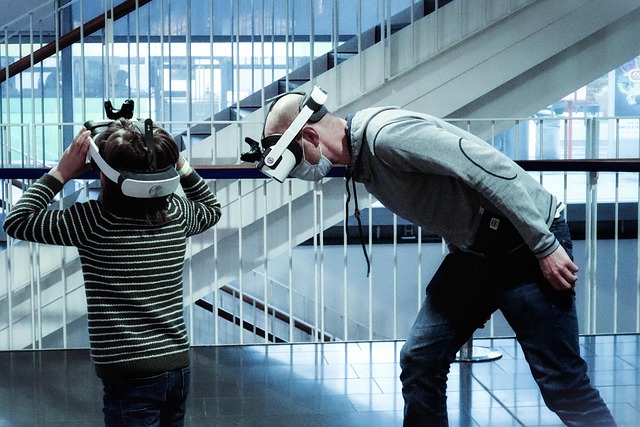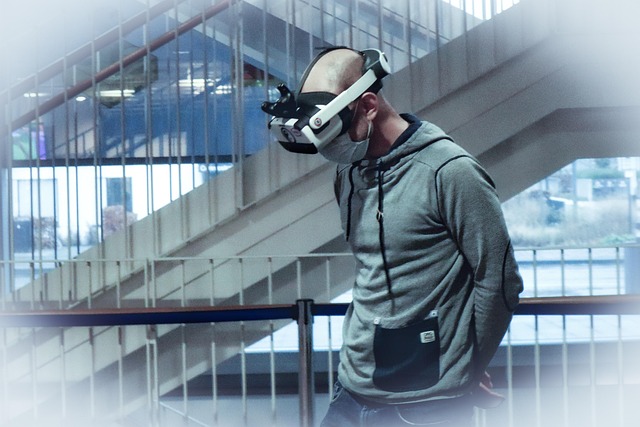Exploring the New Frontiers of Virtual Interaction
As we advance deeper into the digital age, the lines between the real world and virtual spaces are becoming increasingly blurred. Virtual reality (VR) and augmented reality (AR) are not just buzzwords anymore—they are transformative tools reshaping how we interact, work, and play. The metaverse, a vast interconnected network of virtual environments, represents the next step in this evolution. But with great innovation comes great responsibility, especially in the realm of VR risk management, an essential practice to ensure safe and meaningful user experiences.
The Immersive Appeal of VR and AR
VR plunges users into fully immersive digital worlds, offering unparalleled experiences ranging from gaming escapades to complex professional training simulations. AR, on the other hand, overlays digital information onto our physical surroundings, enhancing how we perceive reality without replacing it.
These technologies invite us to interact in astonishing new ways, fostering creativity and community. Yet, their immersive nature introduces unique challenges, particularly in protecting user wellbeing within these digitally constructed realms.
Why VR Risk Management Matters in the Metaverse
The metaverse combines multiple VR and AR environments into a seamless experience where users traverse from one virtual space to another effortlessly. Imagine the potential: social connections, commerce, education, and entertainment all taking place at the intersection of physical and virtual realities.
However, this interconnectedness demands vigilant VR risk management. Issues such as data security, privacy breaches, motion sickness, and psychological impacts are at the forefront. Users might face exposure to malicious content, manipulative interactions, or even physical harm through unnoticed obstacles in their physical environment while immersed.
Implementing Effective VR Risk Management Strategies
Developers and platform creators must prioritize safety protocols without stifling innovation. Some key strategies include:
- Robust Privacy Controls: Ensuring user data is protected and giving users clear options on sharing and visibility.
- Content Moderation: Implementing AI-driven and human-led moderation to prevent harassment and unsafe interactions.
- Ergonomic Design: Minimizing physical risks by providing users with guidelines and tools to avoid injury or discomfort.
- Education and Awareness: Empowering users to understand potential risks and adopt safe practices within virtual ecosystems.
Looking Ahead: The Future of Interaction in the Metaverse
As VR and AR technologies become more integrated into our daily interaction, the importance of VR risk management will continue to grow. The success of the metaverse depends not only on technological advancements but equally on our ability to create environments that are secure, respectful, and enriching.
For users venturing into the metaverse, understanding these risks and advocating for responsible development helps ensure that this new era of interaction is as rewarding as it is revolutionary.




